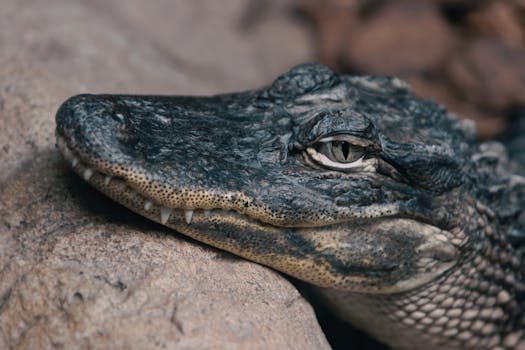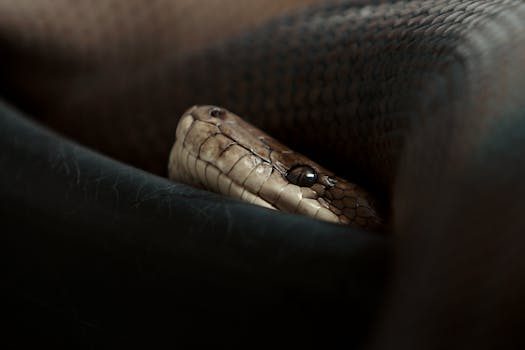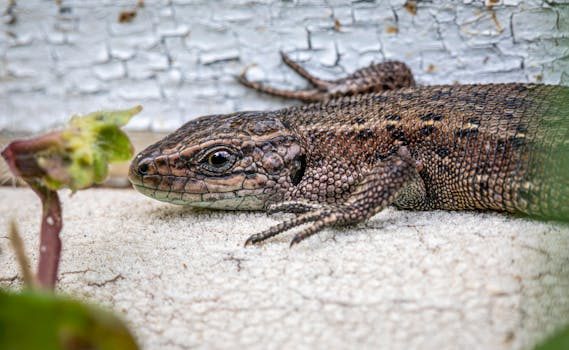Traveling with reptiles requires careful planning and adherence to specific regulations to ensure the safety and well-being of your scaly companions. Whether you’re a seasoned pet owner or new to the world of exotic pets, understanding the ins and outs of reptile transportation is key to a stress-free journey. This comprehensive guide will provide you with the essential information and practical advice needed to travel with your reptiles confidently.
How to ensure safety while traveling with reptiles?
Your reptile’s safety is paramount when traveling. Start by choosing an appropriate travel container that is secure, well-ventilated, and maintains a consistent temperature. Familiarize your pet with the container well before the trip to minimize stress. During transit, regularly monitor the temperature and humidity levels to match your reptile’s natural habitat as closely as possible.
Hydration is also crucial, so ensure your reptile has access to water, especially during long trips. Additionally, consider covering the travel container with a light cloth to create a dark, calming environment. Always avoid leaving your reptile in a parked car, as temperatures can quickly become extreme.
Emergency preparedness is another essential aspect of reptile safety while traveling. Pack a first aid kit tailored to your reptile’s needs and keep contact information for veterinarians along your route.
What are the best tips for traveling with reptiles?
Traveling with reptiles can be smooth and uneventful with the right preparation. Research your route and schedule rest stops to check on your pet. Pack a reptile travel kit containing food, water, a spray bottle for misting, waste bags, and any necessary medication.

Minimizing changes in your reptile’s environment is key. Try to replicate their regular feeding and handling schedule as much as possible. Reducing exposure to loud noises and unfamiliar surroundings will also help keep your reptile calm.
If you’re staying at hotels, confirm in advance that they are reptile-friendly. This foresight will prevent any unwelcome surprises and ensure you find accommodations that welcome your unique travel companion.
How to prepare reptiles for air travel?
When preparing reptiles for air travel, it’s essential to consult with the airline in advance to understand their pet travel policies. Secure an airline-approved travel container that is escape-proof and comfortable for your pet.
Label the container with live animal stickers, your contact information, and a photo of your reptile. Include inside a familiar item, like a piece of habitat decor or a fabric with your scent, to provide comfort during the flight.

Check with your veterinarian to ensure your reptile is fit to fly and acquire any necessary health certificates. Fast your reptile for at least 24 hours before the flight to prevent regurgitation caused by travel stress.
What are the considerations for traveling with reptiles by car?
When traveling with reptiles by car, create a stable environment within the vehicle. Use sunshades on windows to prevent overheating and maintain a comfortable temperature using car heaters or coolers as needed.
Never place your reptile’s container in the trunk, as it can become too hot or cold. Instead, secure it in the backseat where you can easily observe and access it. Plan your route to include stops every few hours to check on your pet and provide fresh water.
Pack a car travel kit that includes a thermometer, heating pads or portable heaters, and cooling packs to adjust the container’s temperature as needed. Additionally, bring along any essential care items specific to your reptile’s species.

How to find airlines that allow reptiles in cabin?
Finding airlines that accommodate reptiles in the cabin can be challenging, as policies vary. Research and contact airlines directly to inquire about their pet travel options. Some airlines may allow reptiles in the cabin if they are kept in a small, airline-compliant travel container that fits under the seat.
If in-cabin travel is not an option, your reptile may need to be transported in the cargo hold. In such cases, ensure proper insulation and heating within the travel container to keep your pet safe and comfortable.
Be prepared to provide detailed information about your reptile when booking the flight, including species, size, and weight, and comply with any additional airline requirements.
What is the cost of flying with exotic animals?
The cost of flying with exotic animals like reptiles varies depending on the airline and the travel options offered. In-cabin travel typically requires a pet fee, which can range from $50 to $200. Cargo transport costs are often higher and are calculated based on the size and weight of the travel container.

Beyond the airline fees, consider the cost of a suitable travel container, any necessary veterinary health certificates, and potential additional expenses for temperature control devices. It’s advisable to budget for unexpected costs that may arise during your travels with your reptile.
In summary, traveling with reptiles involves a unique set of considerations and preparations. By focusing on safety, comfort, and adherence to regulations, you can create a positive travel experience for both you and your reptile companion. With this essential guide, you’re now equipped with the knowledge to embark on your next adventure with your beloved exotic pet.
